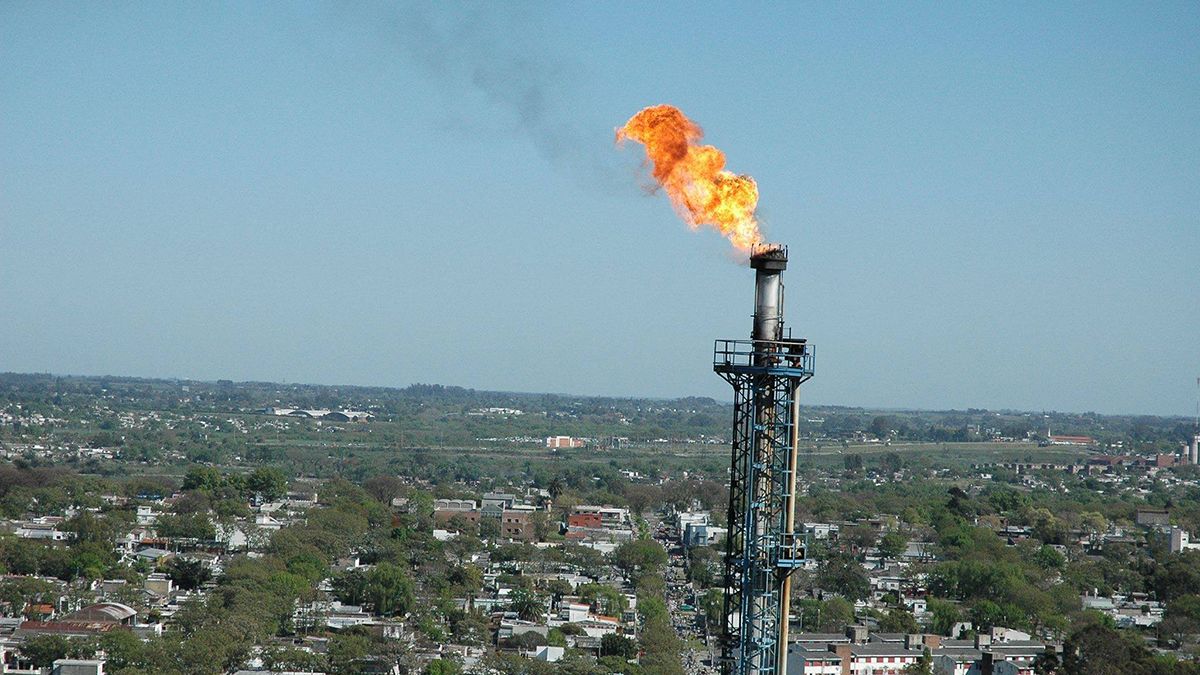The autonomous entity took the first step to start up the refinery, which has been on technical shutdown since September 2023.
Ancap relit this week the iconic torches of the La Teja refinerythus opening one of the initial stages for the reactivation of the plant that is planned for the coming days, once the technical stoppage that began at the beginning of September 2023 ends.
The content you want to access is exclusive to subscribers.
Through its X account (formerly Twitter) the state company celebrated the lighting of the two “emblematic” torches after the industrial complex was stopped for maintenance works.


He president of Ancap, Alejandro Stipanicicreported in November the total investment of Ancap in the technical stoppage of the refinery it was 79 million dollars, where 67 million dollars were allocated to update the catalytic cracking (including workers’ contracts); 5 million dollars in imported materials and equipment, and 7 million dollars for the payment of overtime.
However, the union conflict within the company extended the technical stoppage for about 7 months, extending the work period by more than 90 days and meaning a loss of profits of 135 million dollars.
What tasks are carried out at the Ancap refinery?
“What is done is that it is dismantled, cleaned, repaired, inspected and equipment is replaced,” indicated the head of the autonomous entity about the tasks that are currently being carried out by some 470 own officials and around 1,000 contractors assigned to the task. .
In the process, three distillation towers, about 30 meters high and weighing about 20 to 23 tons each, were replaced. Also about 17 pumps, and the most important work consists of changing the oven preheater.
“The most important work of all is the replacement of the cap of the catalytic crackingwhich will extend the useful life of the most important unit,” he explained Stipanicic.
“What catalytic cracking does is that it converts oils of little economic value in a refinery. They are the oils that come out of atmospheric distillation. These oils are subjected to enormous pressure and high temperature in the presence of a catalyst and transformations occur in the carbide chains that allow the production of gasoline, exhaust gases Petroleum and other products that have much more value in the market,” he explained about the task.
Source: Ambito




